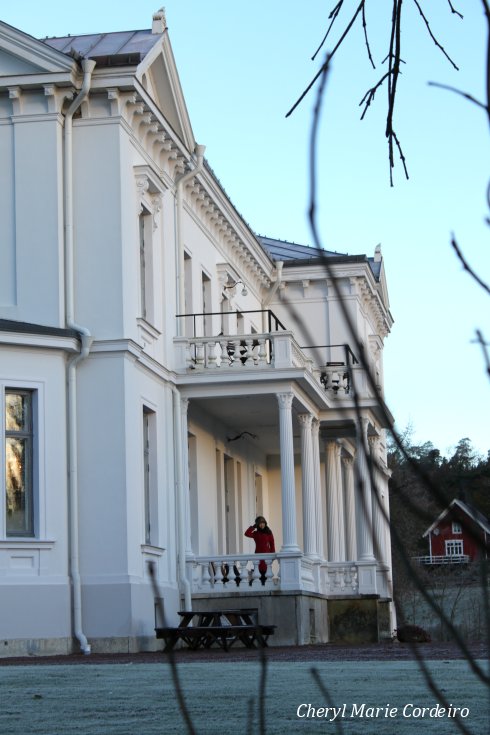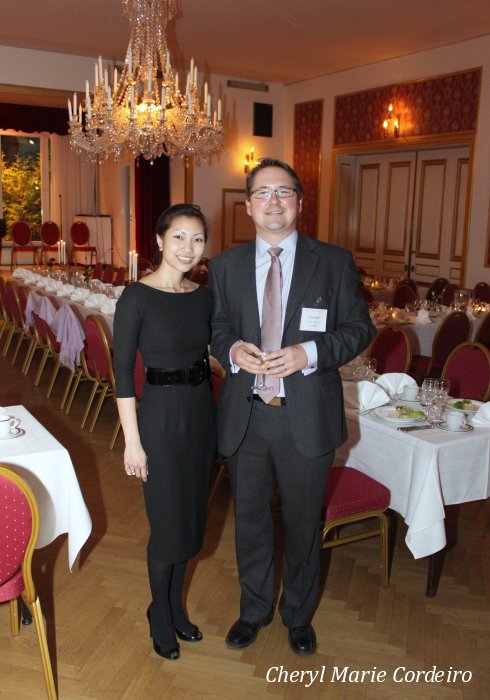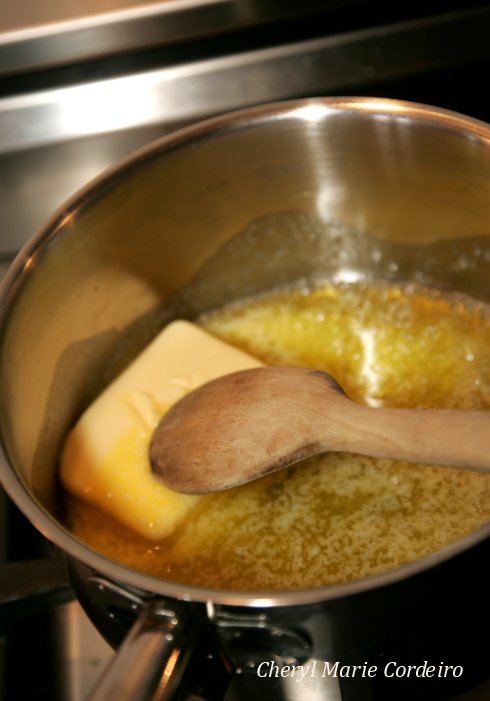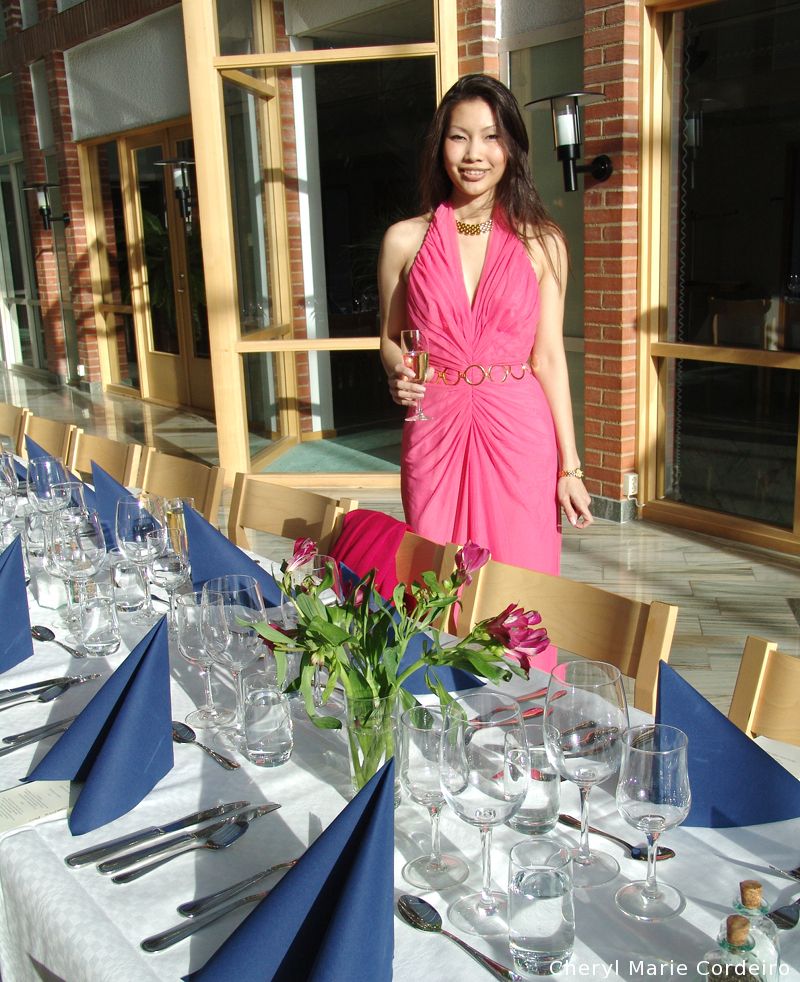
Sunday lunch at M on the Bund with the Swedish delegates to Shanghai (pictured below) and Yina Huang, Associate Director, Global Local Public Relations Office, Shanghai University’s MBA Center.
Photo © Olof E Johansson, J E Nilsson and C M Cordeiro-Nilsson for CMC 2010
Shanghai is a remarkable city. Considering all vicissitudes this unfortunate city has seen over the last century it was with great expectations that I recently got to visit it, and to explore to what extent this city had regained its former glory. And in many ways it has.
The ebb and flow of great fortunes being made and lost ripples through the city, constantly changing its face. What is a constant is the river, and facing it is still the Bund however much widened. Across the river on the east bank, an entirely new skyline of Pudong greets us, the new skyscraper-laden financial and commercial district that also houses the new Pudong International Airport. Continue reading ”M on the Bund, Shanghai”












